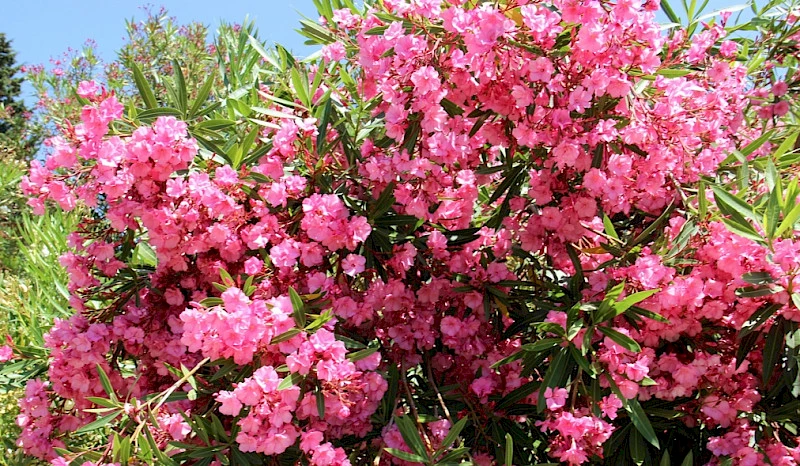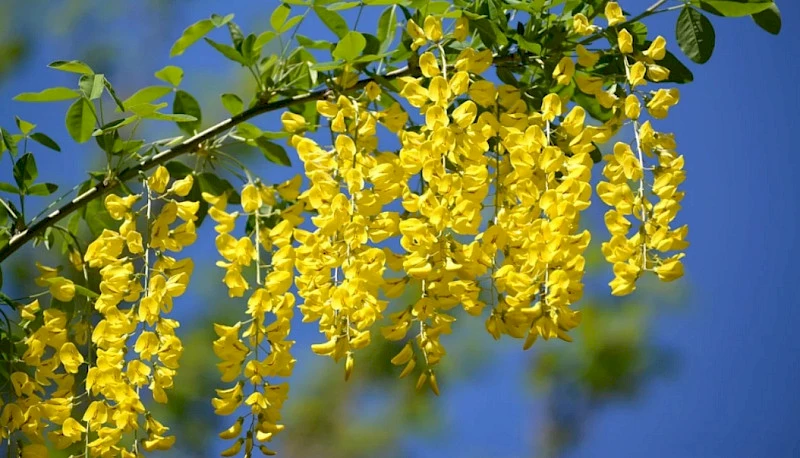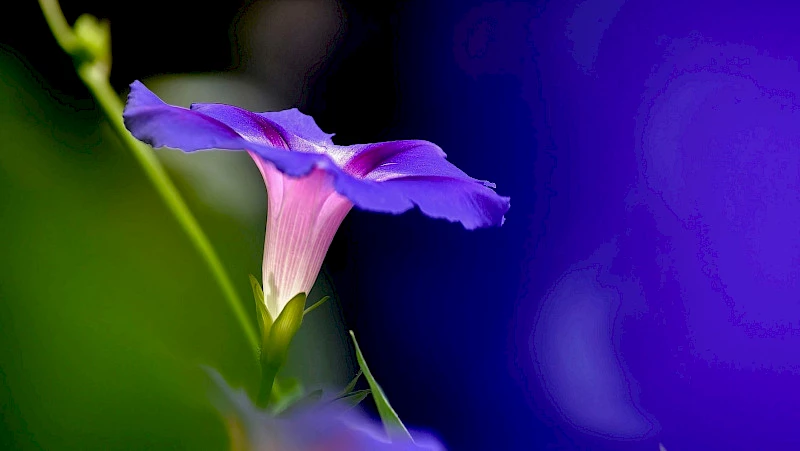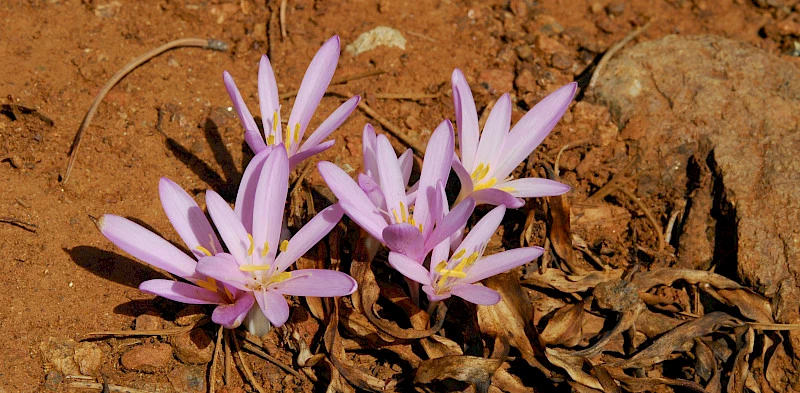Poisonous plants of Cyprus
Cyprus can be called a paradise island full of flowering plants. But there are also those on it that you should beware of or at least just avoid and not keep at home.
TOP POISONOUS PLANTS OF NORTHERN CYPRUS
Although Cyprus is divided politically into southern (Republic of Cyprus) and northern (Turkish Republic of Northern Cyprus) parts, but for plants it does not matter. So the flora representatives listed below are found in different parts of the island both in the north and in the south.
We present the top 5 flowers that it is better not to contact. Of course, they cannot be consumed inside, and after accidental contact it is worth washing your hands.
Oleander vulgaris

Oleander vulgaris (Nérium) is a large evergreen flowering shrub, belongs to the Apocynaceae family. The leaves are leathery, lanceolate, up to 15 cm in length. The flowers are large, five-petalled, collected in inflorescences at the ends of shoots, more often pink or white, but there are also red and yellow flowers, and cultivated and used in landscape design varieties have double flowers of various shades. The fruits are multi-seeded, up to 10 cm long. Wild oleander grows mainly in drying riverbeds.
All parts of this plant are poisonous. Oleander juice contains cardiac glycosides, which cause colic, disruption of the gastrointestinal tract and subsequently problems in the functioning of the central nervous system and the heart until it stops.
Previously, substances obtained from oleander were used for the production of cardio tonic agents. Due to the toxicity of the plant, it is not recommended to grow it in residential premises and children's institutions.
Plumeria

Plumeria (Plumeria) also belongs to the Apocynaceae family, it is a tropical tree. The leaves are large, dark green, shiny, leathery. The flowers of the Plumeria are five-petalled, collected in inflorescences. Painted in white or pink-orange color. Plumeria juice irritates the mucous membranes of the nose and mouth, and the substances contained in it cause a cardio toxic effect and gastrointestinal upset.
Laburnum

Laburnum (Labúrnum), or Legume, is a tall shrub belonging to the legume family. The leaves are collected in three on the petiole. Inflorescences of bright yellow moth-type flowers on long, about 25 cm, hanging branches. A wonderful honey plant with leguminous fruits, however, all parts of the plant are also poisonous. Cytisine contained in laburnum causes muscle spasms, vomiting and suffocation.
Ipomoea

Ipomoea (Ipomoea) belongs to the family of convolvulus. In most cases, it is a climbing herbaceous flowering plant. In general, the genus has almost 800 species, including both valuable food crops and ornamental plants, including poisonous ones. In Cypriot gardens, there is mainly a liana Ipomoea violacea with large purple or white funnel-shaped flowers from 5 to 7 cm in diameter and heart-shaped leaves. Substances contained in the seeds of Ipomoea can cause serious poisoning.
Colchicum

Colchicum (Colchicum), or timeless, belongs to the genus of perennial plants of the timeless family. The species Colchicum troodi grows in Cyprus, as the name implies, it can be found mainly in the Troodos mountains, but it also grows in other regions. Blooms in autumn, the first flowers appear white, light purple or pink, later leaves, seeds - in the spring of the following year. Corms and Colchicum seeds contain toxic substances (alkaloids), which are also used for medical purposes.
FREQUENT QUESTIONS ABOUT FLOWERS IN NORTHERN CYPRUS
What other dangerous flowers are there in Northern Cyprus?
There are several other names, but they cannot be called dangerous, but they may well cause a reaction in allergy sufferers. So everything is individual here, but plants such as poinsettia, ferns, geranium, violet, cyclamen, dieffenbachia, azalea, euphorbia and trichocereus can theoretically cause harm.
And what kind of poisonous living creatures are there?
On earth, snakes should be feared first of all, although there are no deadly poisonous ones for an adult healthy person on the island. The most dangerous representative of the cold — blooded here is Lebetina Viper, this snake can still be deadly for a child or an adult prone to allergic reactions. There are also spiders in Cyprus, but they also won't be able to harm you with their venom. But it's worth reading about poisonous fish off the coast of Cyprus, warned means armed!
Warnings of this kind are published not only on the website, but also on our Telegram channel, Instagram, and Facebook — read them wherever is most convenient for you.


